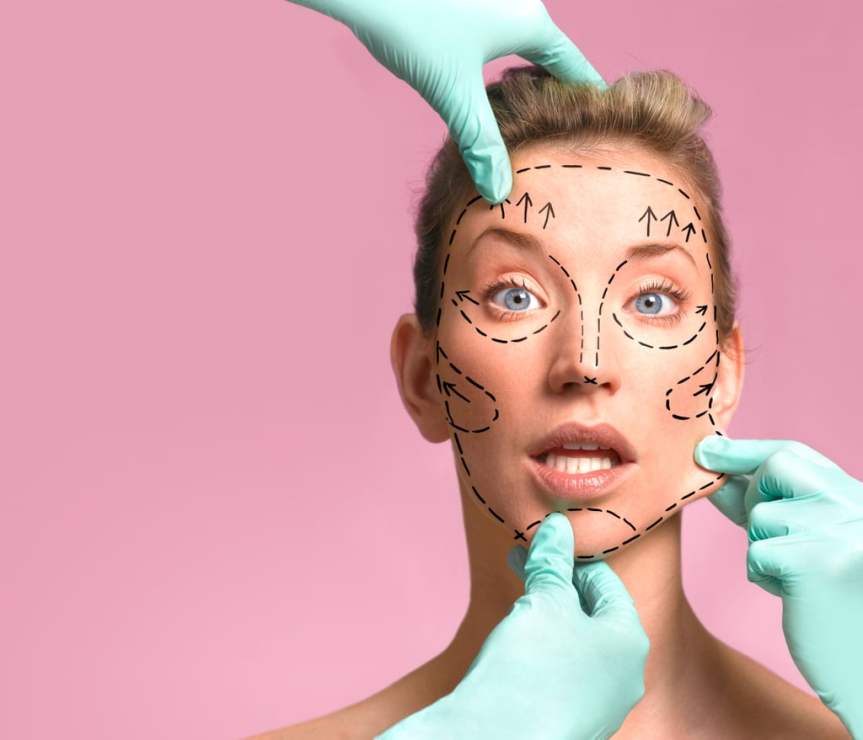
Training and internships are an important components of professional development for the success of any individual or organization. They provide the opportunity for individuals to learn and gain valuable skills, knowledge and experience, which can be applied in their future careers.
Training helps an individuals to acquire knowledge and skills they need to perform their job effectively therefore many big firms and organization allot a training time period for any new candidate so that they can learn about their job or work and perform it effectively. Studio Internship is a good example of internship.
Internships are another important aspect of professional development, as they provide individuals with hands-on experience in their respective chosen field. Internships can be paid or unpaid, and can be part-time or full-time. They can be completed during the summer or throughout the academic year. There are various opportunities available for any people to do internships in different fields such as a business, government sector, or non-profit organization. Internships provide individuals with the opportunity to apply what they have learned in the classroom to real world situations and to gain a better understanding of the industry or profession they are interested in pursuing.
Training and internships are also beneficial for organizations, as they provide a way to attract and retain talented candidates. Organizations that invest in training and development programs are more likely to have a skilled and motivated workforce, which can lead to increased productivity and growth to their company. Also, internships can provide organizations with a pipeline of talent, as interns may be offered full time positions after completing their internship.
Hence conclusion is that training and internships are crucial for professional development and success of both individuals and organizations. They provide individuals with the knowledge, skills, and experience they need to succeed in their chosen field, and they provide organizations with a skilled and motivated workforce. Therefore, it is important for any individuals to seek out training and internships opportunities whenever they can, and for organizations to invest in training and development programs for their employees.












































































































































You must be logged in to post a comment.